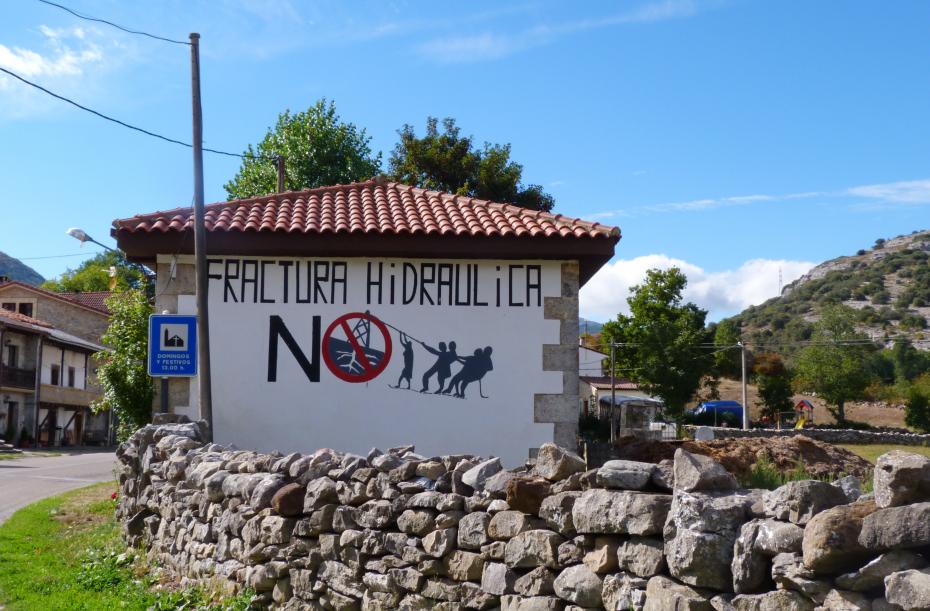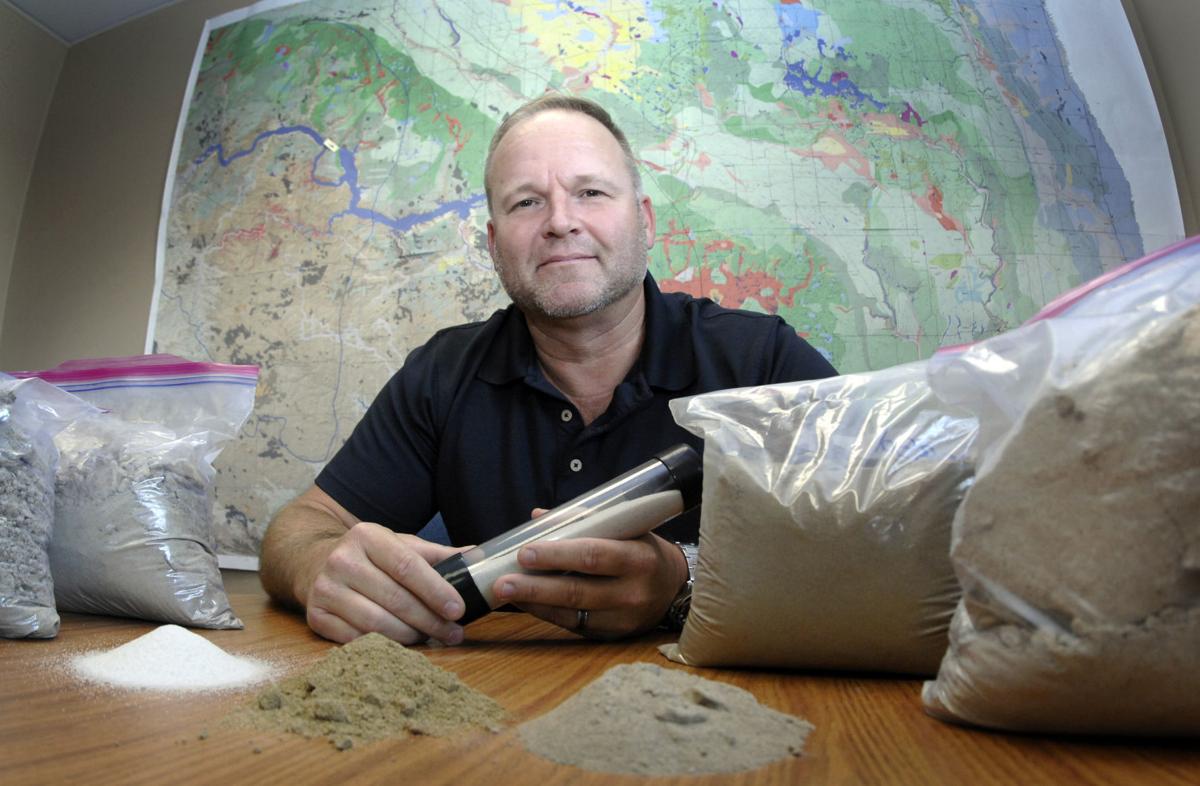The sand – a variety specifically needed in the process of hydraulic fracturing – has been found in McHenry County, roughly 160 miles west of Grand Forks between the towns of Rugby and Minot. Another has been found in Mercer County, northwest of Bismarck.
Fred Anderson, a North Dakota Geological Survey geologist, said the sand could be a "game-changer" for the state.
“The reduction in cost would be high,” Anderson said. “It’s a huge deal for the state of North Dakota."
Asgard Resources, of Williston, has received a permit to dig sand in McHenry County, the auditor’s office there confirmed to the Grand Forks Herald. Asgard Resources also applied for a permit to excavate sand in Mercer County, the Mercer County auditor’s office said.
“We know it’s being developed and shipped, but we don’t know where it’s going,” Anderson said.
Hydraulic fracturing, commonly called “fracking,” is an oil extraction method that injects water, sand and chemicals into underground formations. Sand, or “proppant,” is used to hold open the fracture in the rock so oil and gas can flow from the rock formation into the wellbore. Fracking is the process that prompted the Bakken oil boom in western North Dakota, but the sand required for the process is unique and typically found elsewhere.
The North Dakota Geological Survey began researching whether North Dakota sand could be used for fracking about 10 years ago, and learned it was marginal, Anderson said. The North Dakota “windblown,” or quartz, sand contains minerals, so it typically is not the proppant sand preferred for fracking.
If oil companies can use North Dakota sand for fracking, it will mean they no longer must haul it in from other places, such as Minnesota and Wisconsin, Anderson said. The change could boost the margin for the companies in western North Dakota.
Bakken completions can require about 4,000 to 5,000 tons of sand per well, the North Dakota Department of Mineral Resources said. The sand can cost as much as $34 per ton, Anderson said.
Spencer Stone, vice president of business development for a company called TracFrac Inc., told the Herald Friday that a more regional-sourced supply of sand could mean substantial savings for wells in the Bakken region of North Dakota.
“Sand mined in North Dakota could reduce costs for new Bakken wells by $150,000 to $300,000,” Stone said. “It levels the footing between Bakken operators and its Permian counterparts, who are able to utilize sand mined in Texas.”
Generally, oil companies want to use sand for fracking that has crush-resistant values up to 8,000 to 9,000 pounds per square inch, Anderson said. Results of laboratory tests conducted on McHenry County sand show lower crush-resistant values.
“What we’ve seen is our sands are coming in from five to seven,” Anderson said.
That sand can be processed to make it more crush resistant, but that increases its cost, Anderson said.
“Most people want to dig it out of the ground, wash it and get it to the well site,” he said.
While the McHenry County sand has lower crush resistance than is optimal, sampling and testing work by the North Dakota Geological Survey, in conjunction with EOG Resources, showed that deposits of wind-blown sand in the Hazen-Stanton area of Mercer County may be viable sources of proppant sand. The dunes in that area cover about 34 square miles, the study results said.












